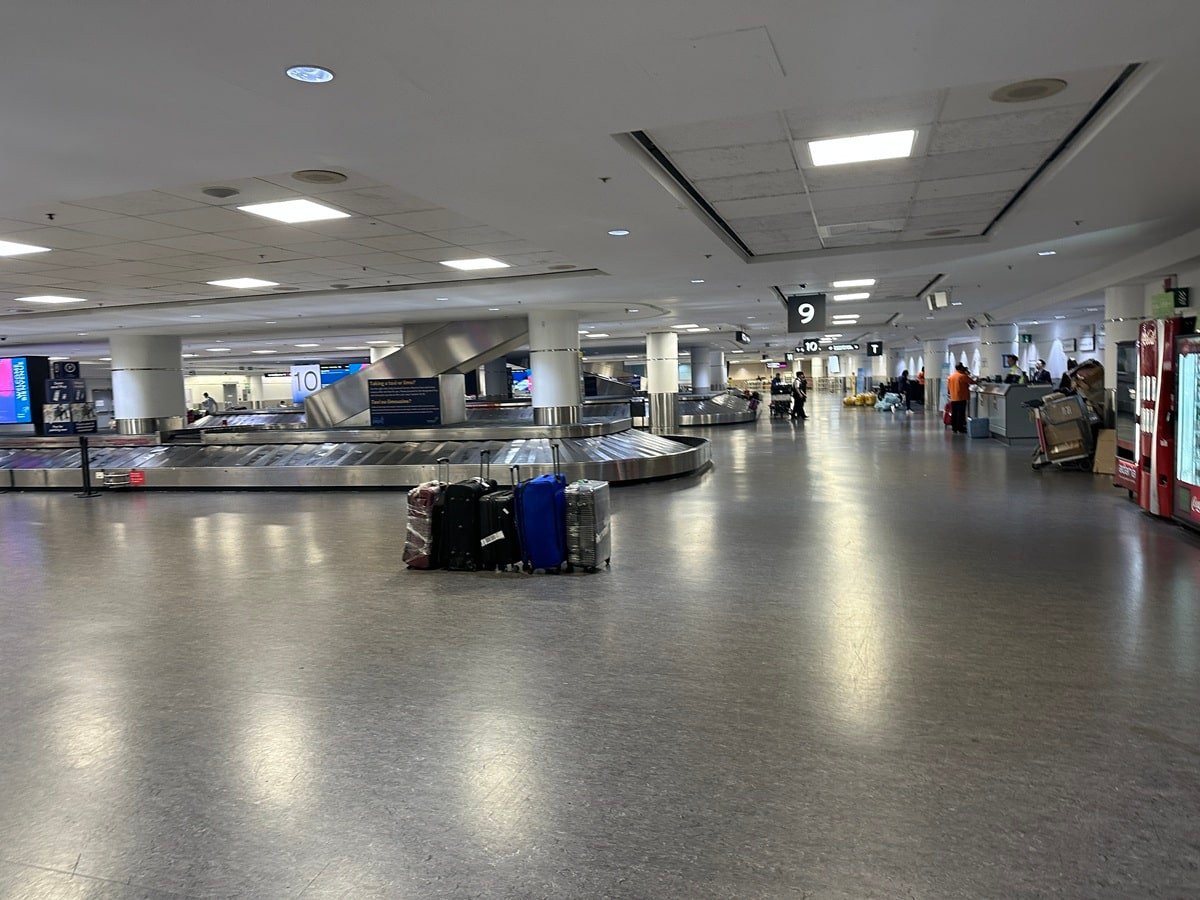
It’s no secret that people haven’t been flying for a while now, and that the airlines have been hit hard. Even as the numbers are starting to trend up again, and countries like Iceland are opening up their borders (with rules in place), right now air travel looks different than it did in the days before the pandemic. One example? In response to depressed numbers, writes my buddy Brian Sumers for Skift, “airlines are desperate to have the right number of seats for passengers who show up, and they’re waiting until much later than usual to make cancelations.” What this means is that many airlines are currently selling a lot of flights they have no intention of operating (aka “ghost flights”), and consumers should beware.
Prior to COVID-19, major airlines would usually lock in their flight schedules 120 days in advance. But now, many push significant changes 30 to 60 days in advance, and “some even make operational cancelations as soon as a few days before departure, wrecking travel plans at the last minute.” As Brian writes:
“Airlines are waiting longer than usual to set schedules for several reasons. Perhaps most importantly, while airlines usually rely on sophisticated computer systems to guess how many people will book and fly, the platforms never have seen a global pandemic, so they can’t make accurate predictions on demand. By selling everything, airlines generate real-time data about who wants to travel, and when.
“Revenue is also a key concern. By listing more flights for sale, airlines can sell more tickets, getting cash in the door. In some instances, carriers technically owe customers refunds when they make substantial changes, but in recent months, carriers have become stingier with giving them. In many cases now, the airline will either rebook the passenger, or provide a travel voucher, ensuring the revenue remains.”
What can you do to avoid booking a ghost flight?
In another great post on the same subject, Zach Honig of TPG shares his own thoughts on the trend and how you can limit your chances of booking a ghost flight. For starters, Zach says that while he hasn’t “seen U.S. airlines continue to sell flights that aren’t likely to operate,” he’s been tracking the pattern at Icelandair and “it’s possible that other international carriers are taking a similar approach.”
Here’s Zach on the whole of what to do, with advice pulled from analyst Henry Harteveldt:
“Many people are clearly eager to plan a trip, especially to a country that’s managed to virtually eliminate the spread of coronavirus, like Iceland. Still, with airlines just beginning to ramp up service, and countries finalizing arrival procedures, it could make sense to give airlines time to prove that they’re able to operate a given route before booking any nonrefundable hotels, activities and more.
“‘If you have flexibility about when you are traveling, give the airline some time to get back up to speed — let it get through the first couple of weeks of operating if it’s coming back from a standstill, or close to zero operations, and then take your trip,’ Harteveldt said. ‘If you are booked for when those flights are scheduled to restart, take a look and just make sure the airline is operating. Follow the inbound flight — the airplane you need for your trip is actually headed to the airport that you’re leaving from.”
“Harteveldt’s last suggestion is especially valuable. In fact, even before the pandemic, I would also track my inbound flight using FlightAware or the airline’s app, and search FlightAware for a flight before I booked, to get a sense of how often it ends up getting canceled or delayed.
“Simply head to FlightAware.com and enter the flight number — Icelandair 680, for Seattle to Reykjavik, for example — and scroll down for the history.”
In the story, Zach plugs in Icelandair 680 and offers a screenshot of the results, which show day after day of canceled flights.
For more
Both stories, from Brian and Zach, are worth reading in full. Check them out below:
- How Airlines Are Generating Revenue on Flights That Will Never Take Off – Skift.com
- How to avoid booking ‘ghost flights,’ which aren’t likely to fly – TPG
Have your own tip? Email it to whitney@johnnyjet.com!
Want to see more tips? Click here for all 1,728!
Want even more travel tips? Sign up here for the Daily Travel Tip newsletter! Enter your email address and check “Daily Travel Tip” to receive Johnny’s best tips in your inbox each day!
If you already subscribe to our weekly newsletter, you can sign up on the same page. Just fill in your email and check “Daily Travel Tip” on the same page. You’ll receive an email with a link to update your JohnnyJet.com preferences. On that page, just click the Daily Travel Tip box and Update Profile.



